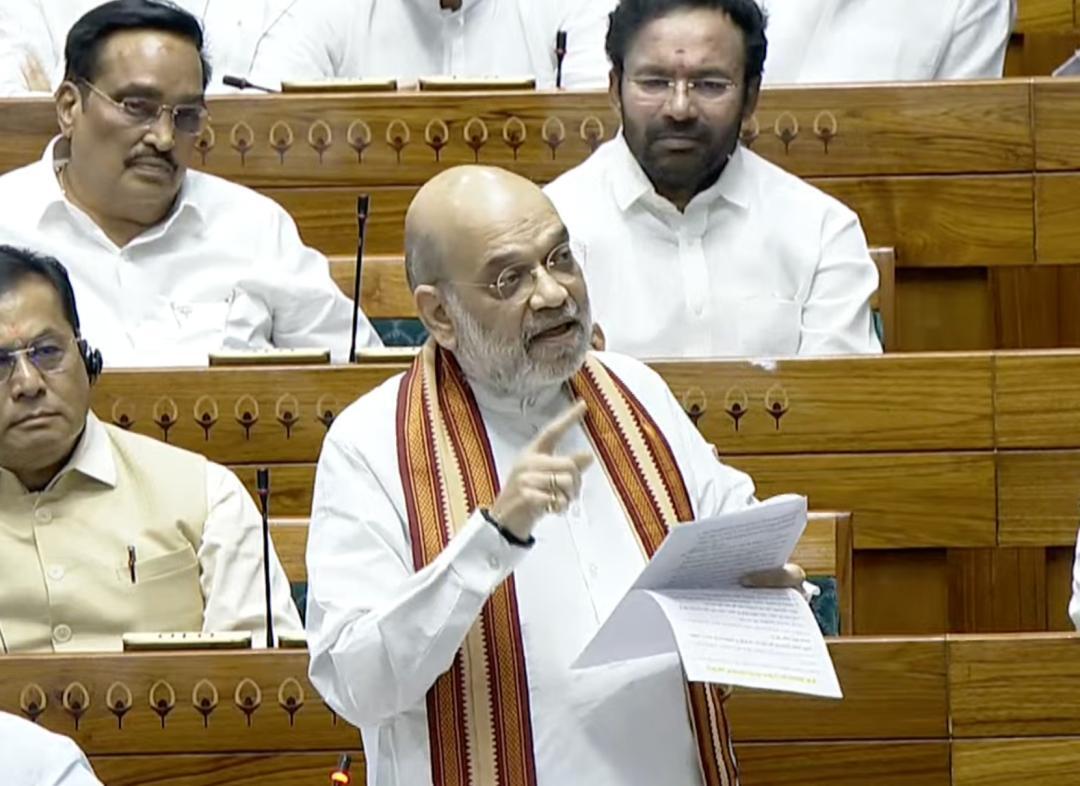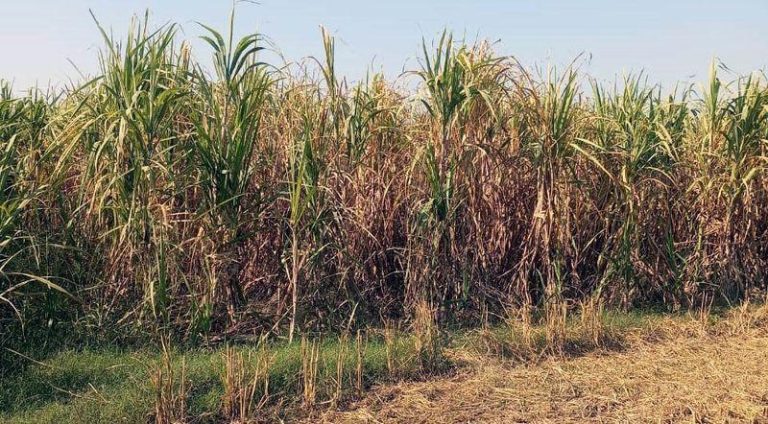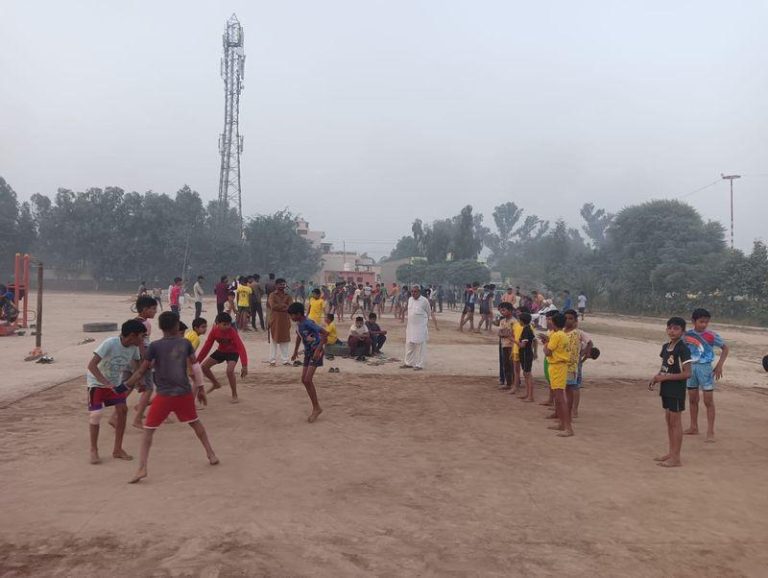
What did J&K Locals Arrested for Housing Pahalgam Terrorists Tell Government?
In a shocking revelation, Union Home Minister Amit Shah revealed in the Lok Sabha that two Jammu and Kashmir (J&K) locals, arrested for housing the terrorists involved in the Pahalgam attack, shared crucial information with the government. The attack, which took place on April 12, 2022, left several people injured and claimed the lives of two security personnel. According to Shah, the arrested locals revealed that the terrorists reached their hut, situated approximately 2 kilometers from the Baisaran Valley, on April 21.
The statement made by Shah in the Lok Sabha raised several questions, and the people of J&K are eager to know what the arrested locals told the government. In this blog post, we will delve into the details of the incident and explore what the locals might have told the government.
Background of the Pahalgam Attack
The Pahalgam attack was a brazen terrorist strike that took place on April 12, 2022, in the picturesque town of Pahalgam, Kashmir. A group of heavily armed terrorists, reportedly affiliated with the Lashkar-e-Taiba (LeT) and Jaish-e-Mohammed (JeM) militant outfits, launched a surprise attack on the security forces deployed in the area. The terrorists, armed with AK-47 rifles and M9 Carbines, fired indiscriminately at the security personnel, leaving several people injured and claiming the lives of two security personnel.
The attack sent shockwaves across the region, and the government launched a massive manhunt to apprehend the terrorists and bring them to justice. In the aftermath of the attack, the security forces identified two J&K locals who were suspected of providing shelter to the terrorists. The locals, arrested by the security forces, were revealed to be residents of a hut situated approximately 2 kilometers from the Baisaran Valley.
What did the Locals Tell the Government?
According to Union Home Minister Amit Shah, the arrested locals revealed that the terrorists reached their hut on April 21. Shah, speaking in the Lok Sabha, said that the terrorists were armed with AK-47 rifles and M9 Carbines and wore black outfits. The locals told the government that the terrorists had spent some time in their hut, eating and drinking tea, and had taken some food, salt, chillies, and masalas with them when they left.
Shah’s statement in the Lok Sabha raises several questions about the role of the locals in the Pahalgam attack. It is unclear why the locals provided shelter to the terrorists, and whether they were aware of the terrorists’ intentions. The revelation also raises concerns about the extent of the locals’ involvement in the attack and whether they were mere bystanders or actively participated in the terrorist strike.
Impact of the Pahalgam Attack
The Pahalgam attack sent a wave of fear and anxiety across the region, and the government launched a massive crackdown on terrorist activities in the area. The attack also raised concerns about the security situation in J&K, which has been grappling with terrorism for decades.
The Pahalgam attack also underscored the need for better intelligence gathering and sharing between the security forces and the government. The incident highlighted the importance of community involvement in counter-terrorism efforts and the need for locals to report any suspicious activity to the authorities.
Conclusion
The revelation by Union Home Minister Amit Shah that the arrested locals in the Pahalgam attack told the government that the terrorists reached their hut on April 21 has raised several questions about the role of the locals in the attack. While the statement provides valuable information about the attack, it also raises concerns about the extent of the locals’ involvement and whether they were aware of the terrorists’ intentions.
As the government continues to investigate the Pahalgam attack, it is crucial that the security forces and the government work together to ensure that the locals are protected and that the perpetrators of the attack are brought to justice. The incident serves as a reminder of the importance of community involvement in counter-terrorism efforts and the need for better intelligence gathering and sharing between the security forces and the government.
Source:
https://www.youtube.com/watch






